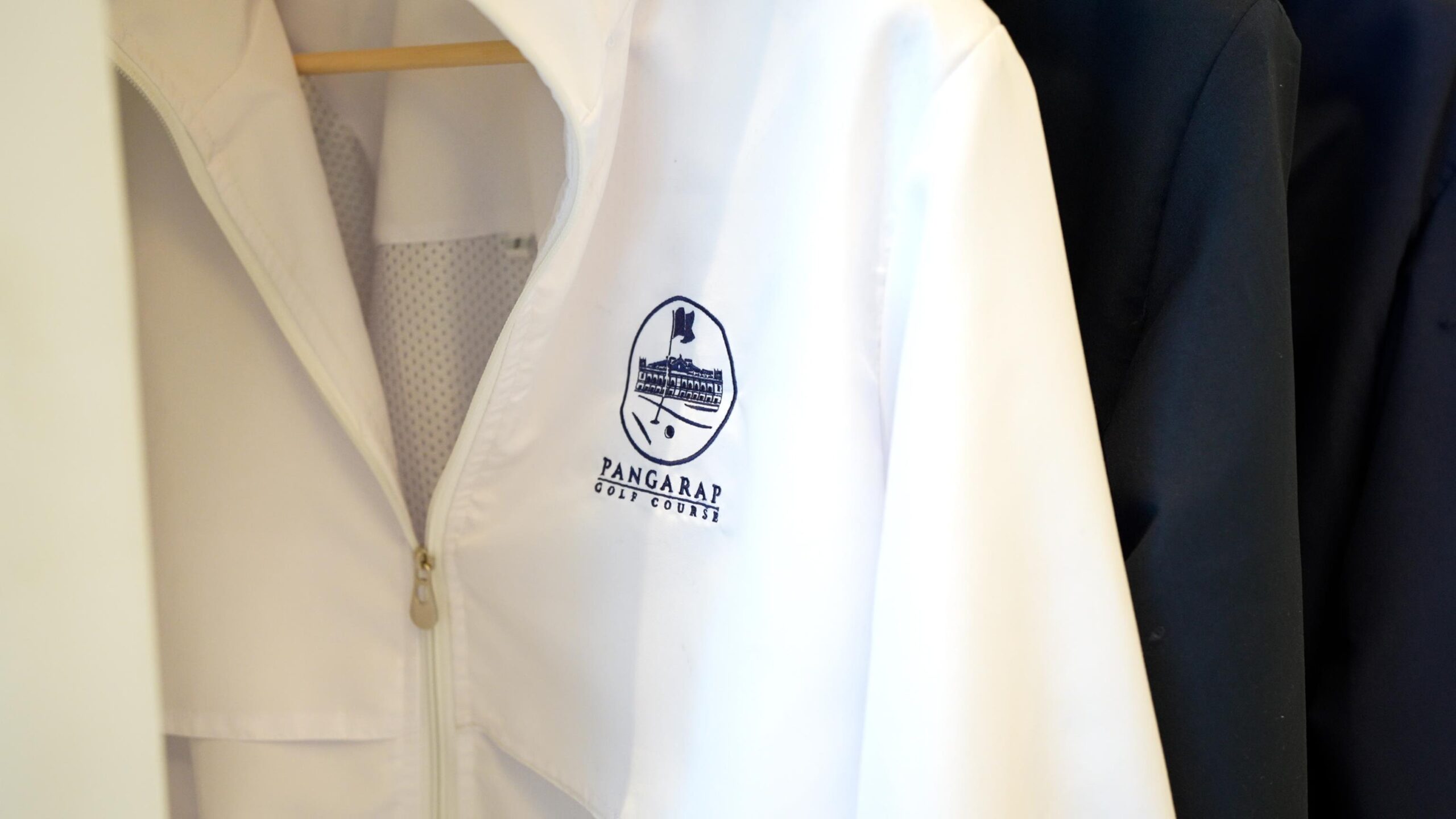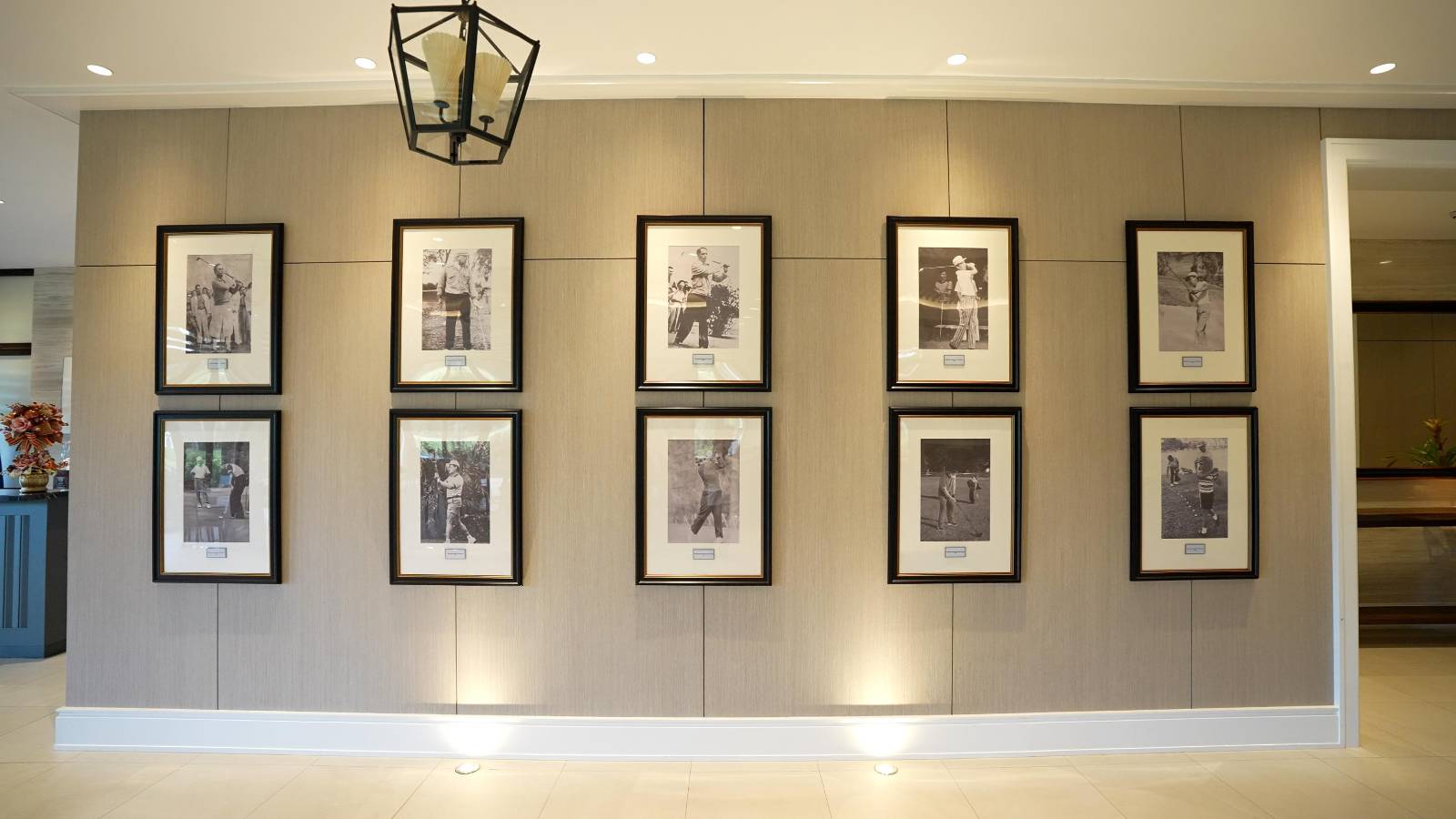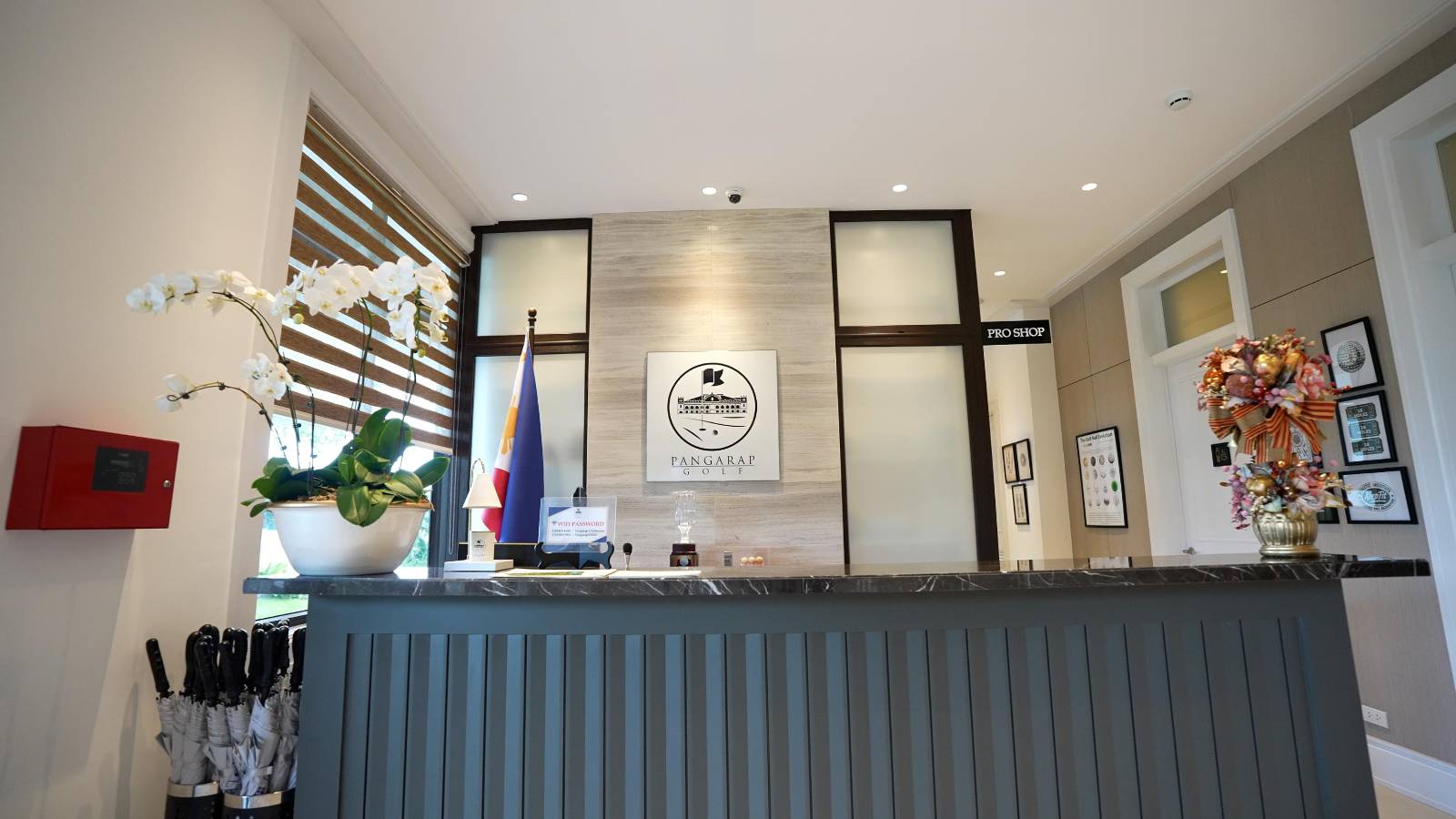×
NOTES ON THE HERITAGE OF MALACAÑANG PARK
ORIGINS OF MALACAÑANG PARK
Malacañang Park was created when rice fields on the south bank of the Pasig River across from the official residence of the President of the Philippines were acquired on orders of President Manuel L. Quezon in 1937.
This was done to 1) ensure unimpeded and unspoilt views from the Palace in a time when Manila was fast expanding and industrializing, particularly along the Pasig River, 2) enhance the security of the Palace by controlling both banks of this reach of the river, and 3) provide for a recreational retreat for the President, First Family and their guests that would afford facilities for relaxation and leisure, informal meetings, entertainment and socializing, physical exercise and a greater degree of privacy
The Commonwealth years saw a great expansion in the newly renamed Office of the President of the Philippines it was formerly the Executive Bureau with many more officials and staff consequently occupying the Palace grounds. The days were past when what are todays Kalayaan Grounds could house the tennis courts and swimming pool in fact, Quezon was scandalized when he realized that his daughters in their swimming suits could be seen by passers-by through the iron fence.
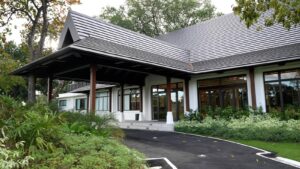
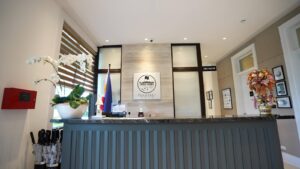
PRESIDENT QUEZON (1935-1941, exile to 1944)
The Central Recreational Complex
Thus did Quezon order the construction of a recreational complex in the Park, commissioning designs from the great public architects Juan Arellano and Antonio Toledo, who were at this time busy enlarging the Palace (a new residential wing and river facade with its two towers) and the Executive Building (today Kalayaan Hall with new second floor wings and state rooms), installing the Palace fountain and garden trellises, building the ornamental river wall with its great urns and scrolls, constructing the Boathouse and commencing work on Malacañang Bridge (part of the Burnham Plan, this was soon aborted for various reasons, including the fact that Quezon was irritated by the noise of the construction).
For their designs, the architects dispensed with the neo-classical solemnity characteristic of the Palace grounds and their other structures (Arellano Post Office and Legislative Building; Toledo Finance and Agriculture Buildings) and opted for something rustic and Philippine/Asian-inspired. They devised a centerpiece complex of two buildings the Rest House and Recreation Hall (today Bahay Pangarap and the Gymnasium) with a swimming pool and trellis in between. The Rest House would be diametrically opposite the Palace, with a neo-classical pier for the Presidential launch.
The Rest House (Bahay Pangarap)
Using only native materials throughout, the Rest House was inspired by an eclectic combination of nipa hut and the temples of Nara in Japan, with a wonderful profusion of art-deco elements (the waves, circles and scrolls) throughout. The exteriors are of bamboo and sawali and the roofs of coconut tile. The interiors are of hardwood, sawali and coconut.
The Rest House has been referred to as the most important surviving example of what some architects call the prewar Filipinist style (another was the old Tea House near the Palace that was demolished in the late 1970s) and is truly an architectural landmark. Fortunately, the building is virtually intact in terms of its original style, having undergone a marvellous and sympathetic restoration and refurbishment in the mid-1990s that was very successful in terms of harmony and modernization. This restoration was spearheaded by First Lady Amelita Ramos, carried out by the distinguished architect Francisco Mañosa, and reinaugurated as Bahay Pangarap by President Fidel V. Ramos for use as a ceremonial hall and entertainment venue on March 15, 1996.
At Malacañang, Bahay Pangarap ranks with the Palace proper and Kalayaan Hall in terms of possessing architectural heritage of national importance, but unfortunately the structure remains very little known and appreciated. Over the decades, it was the venue for many activities under all Presidents and their families, most especially during Quezon, Laurel, Quirino, Magsaysay, Macapagal, Marcos and Ramos years.
It is a great imperative for the Office of the President to ensure the continuing maintenance and preservation of the old Rest House.
The Swimming Pool and Trellis
The 25-meter swimming pool, dating from the late 1930s, replaced the old Palace swimming pool installed during the American period. It was refurbished during the Marcos administration. Intended for the use of the First Family, it is in effect largely superseded by the smaller pool built to the side of Bonifacio Hall by President Estrada (at least for simple recreation; the Park pool is much more ideal for exercise laps). During the Aquino and Ramos administrations, the pool of the Arlegui Guesthouse (now no longer maintained) was used.
The surrounding trellises date from the 1930s and were installed by Antonio Toledo. Sporting Art-Deco motifs, the pillars remain largely intact, though the cross-pieces, originally of iron, have completely disappeared.
The Pool Pavilion with its changing rooms and bathrooms also seems to date from the 1930s, but has undergone some obvious modifications. It is basically a simple structure with a gabled roof with simple Maranaw-inspired motifs.
The swimming pool area and especially the trellises require restoration and relandscaping. The patio between the swimming pool and Bahay Pangarap should be refurbished in such a way as can be continued all the way down to the Pavilion. Restoration of this area should include the space as a unified whole from the patio to the trellises and perimeter fence to the pool itself and pavilion. While any one element is not so important in terms of heritage value relative to other structures, the pool area in its entirety is classic, elegant and evocative of what an old-style Palace swimming pool should be.
Restoration by the Office of the President should be studied, in order to have the pool in order for the President and First Family now and into future administrations.
The Recreation Hall (Gymnasium)
Described fondly as a large barn, the original 1930s building with its lofty ceiling, Art-Deco motifs, and gabled roof remains largely intact, despite some superficial modifications and unfortunate neglect in its maintenance. The large 1,307 square meter building contained an original Puyat bowling alley to one side and the large hall was used for various sports and leisure activities. During the Commonwealth, it was used for dancing and a venue for balls and parties such as barrio fiestas. Guests would be ferried from the Palace across the river in small paddle boats, disembark at the Rest House and stroll down the embankment.
A fire later destroyed the bowling alley, and the building as a whole was converted into a gymnasium during the Marcos administration and largely given over to the Presidential Security Group.
In terms of heritage, it is suspected that the Recreation Hall is the only pre-war structure of its kind that survives in the country. Being an important part of the original Park complex, it should definitely be preserved and its restoration by the Office of the President contemplated, in order to have the facility available for the President and First Family now and into future administrations.
Community Assembly Building (Presidential Escort Building)
Apart from the central recreational complex, the Community Assembly Building was erected towards the back of the Park in 1940 as a venue for the President to meet with community leaders and local officials. The beautiful neoclassical structure was designed by Antonio Toledo. During the Japanese Occupation, in 1942 and 1943 (during the era of the Executive Commission headed by Jorge Vargas and the Second Republic headed by President Laurel), alterations were made to incorporate bedroom suites. It later served as quarters and the Community Hall for the Presidential Guards and is today occupied by the officers of the Presidential Escort.
Outwardly well-preserved, this is an important and impressive heritage structure.
Landscaping and Other Structures
Together with the above main structures, tennis courts, stables and bridle paths were laid out. Juan Arellano also showed the influence of Frederick Law Olmsteads plans for New Yorks Central Park, installing a combination of walkways and winding paths for pedestrians and equestrian riders. Engineer Arturo Gonzalez, the Palace caretaker, constructed a hedge, half a kilometer long, to spell Malacañang Park along the river bank. As far as is known, none of this has survived, with the exception of a small wrought-iron fountain near the gate of the Park proper (near the beach volleyball court), which may or may not be in its original location. The original perimeter wall with its terracotta tile ornamentation has been destroyed or largely subsumed into the existing higher cement wall.
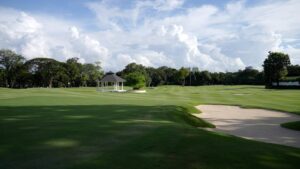
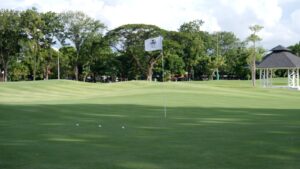
PRESIDENT LAUREL (1943-1945)
The Golf Course
During the Japanese occupation and Second Republic, President Jose P. Laurel (who was almost assassinated at Wack-Wack and may have wanted a more secure place to pursue one of his favorite past times) laid out a nine hole golf course, the first hole of which commenced across the river to the side of the Palace near Kalayaan Hall (the tee-off was laid over the contemporaneous air-raid shelter). The Golf Course has been the main permanent feature of the Park since.
Gazebo
Laurel also had the octagonal gazebo in the center of the course built, probably by Antonio Toledo (and built in exact line with the main entrance of the Community Assembly Building). Almost perfectly preserved, it is a fine example of the simpler but elegant architecture of the war years. As one of the few structures from the era of the Second Republic, together with the Community Assembly Hall, its conservation is important.
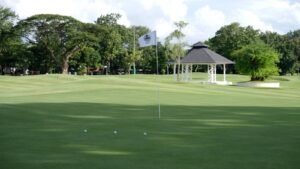
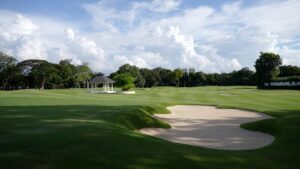
PRESIDENT ROXAS TO PRESIDENT GARCIA (1946-1961)
From the Roxas to the Garcia adminstrations, no major changes were made to the Park (as in the earlier Osmeña administration), but rather the facilities were used as intended by the First Family and their guests. President Roxas enjoyed the golf course, as did First Lady Vicky Quirino the bowling alley. President Magsaysay frequently went horse riding and President Garcia would often go there to face his opponents in chess. It was a place for families and friends, as well as official activities appropriate to such informal surroundings.
However, it was during the Magsaysay years that the adjoining lands between the Bureau of Animal Industry compound and the Park, occupied by a large fluvial basin and the mouth of the Estero de Ganado, were reclaimed, laying the basis for housing and facilities for the Presidential Guards.



PRESIDENT MACAPAGAL (1961-1965)
During the Macapagal Administration, First Lady Eva Macapagal relandscaped the Park and refurbished the Rest House. The Mabini Shrine was transferred near the Park in the Bureau of Animal Industry Grounds (since part of the PSG Complex, with the Shrine lately transferred to the PUP Mabini Campus in Santa Mesa because of floodworks).
She installed several monumental statues from the 1952 International Far that had since been languishing in the (as yet unrestored) Luneta around the grounds of the Park. Of the half-dozen such statues, only one survives to this day, albeit the most important: Filipina Welcoming the World, by Francesco Riccardo Monti This was the centerpiece of the grand fountain installed for the Fair. The restoration and preservation of this important artwork is a high priority of the Malacañang Museum, which recommends its reinstallation in a more prominent place as the fountain it originally was.
Nothing else today remains for the Macapagal refurbishments furniture, fixtures, artworks, landscaping as these were all altered in the succeeding Marcos administration.
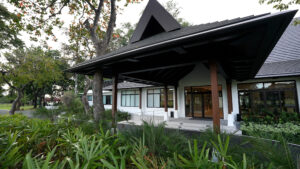
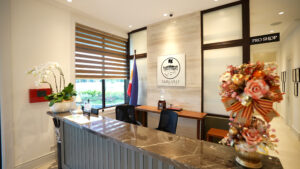
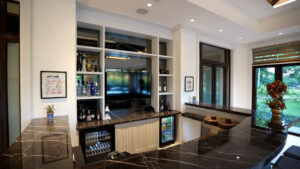
PRESIDENT MARCOS (1965-1986)
President Marcos made use of the Park to the fullest extent, playing golf, boating in the river, swimming, playing squash and tennis, conducting meetings and assemblies, and so on. First Lady Imelda Marcos personally tended the vegetable patches. Many alterations to the grounds were made, though details of these are sketchy, and may have included the Club House.
The Golf Club House
The origins of the Club House, today called Bahay Malagu, are unclear. It may have been a minor structure erected in the late 1930s or through to the 1960s. What is certain is that during the Marcos administration, it served as the residence of Doña Josefa Edralin. Structurally, it possesses little heritage value and is currently undergoing renovation to become a pleasing and relaxing bungalow to serve the Malacañang Golf Club.
Later Years
In the early 1980s, when the President fell increasingly sick, use of the Park ceased and many of its facilities, such as the Recreation Hall and Community Assembly Building, were given over to the Presidential Security Group headed by General Ver. The adjoining PSG complex had been considerably developed during the 1970s into a full-fledged camp complex (absorbing the old Bureau of Animal Industry building which became PSG Headquarters), and the Park itself started to feature security installations, such as fencing along the river and gun emplacements.
The monumental urns (originally Commonwealth-era flagpoles) in front of Kalayaan Hall since 1937 were also moved to the Golf Course during the time.
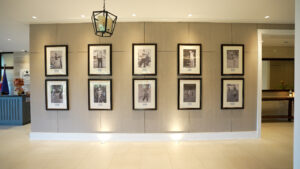
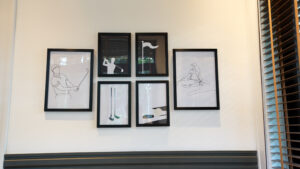
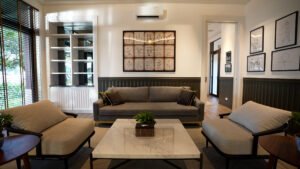
PRESIDENT RAMOS (1992-1998)
After EDSA, President Aquino made very little use of the Park, and it was President Ramos and First Lady Amelita Ramos who did much to give it the appearance it has today. The Golf Course was refurbished and the Golf Club established in Doña Josefas bungalow, renamed Bahay Malagu. The Rest House underwent complete restoration and was recristened Bahay Pangarap in 1996.
A plaque was installed by Ramos to mark the spot where Pope John Paul II landed in his helicopter in January 1995. Consequently lost, the new marker will be installed by the Malacañang Museum.
PRESIDENT ESTRADA (1998-2001)
No physical changes were made under President Estrada, though from a historical viewpoint it is to be remembered that he vacated the Palace and thereby was considered to have relinquished the presidency when he crossed the river and left Malacañang by way of the Park.
PRESIDENT ARROYO (2001-Present)
The Arroyo administration has been characterized by the enhanced maintenance and gradual restoration of Malacañang and its numerous facilities. Within the Park, this includes the enhancement of the Golf Course and Club House, general beautification of the grounds, and greater appreciation for heritage structures, especially Bahay Pangarap.
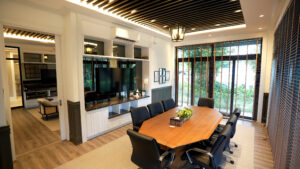

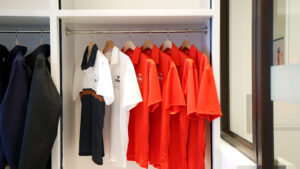
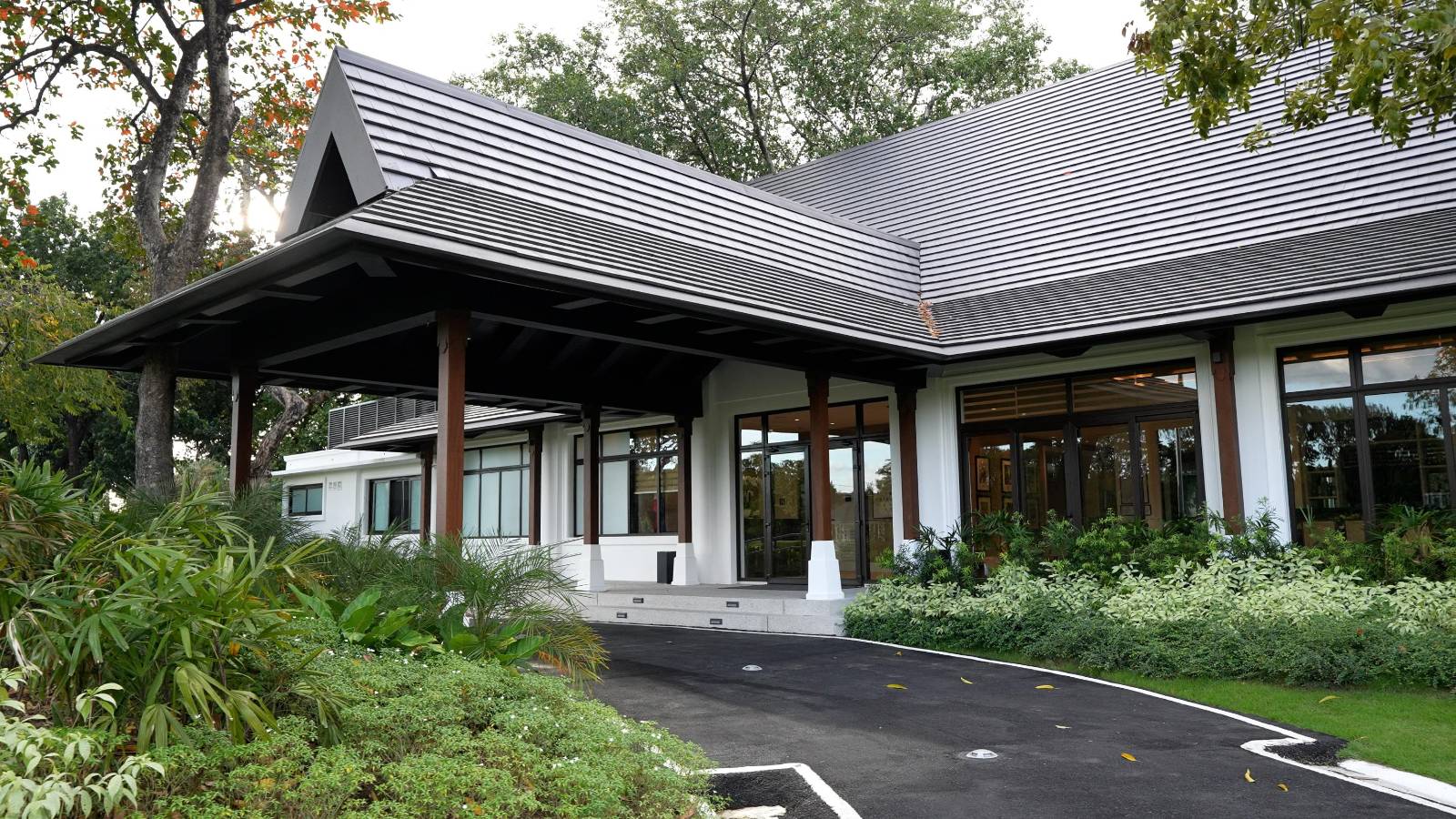
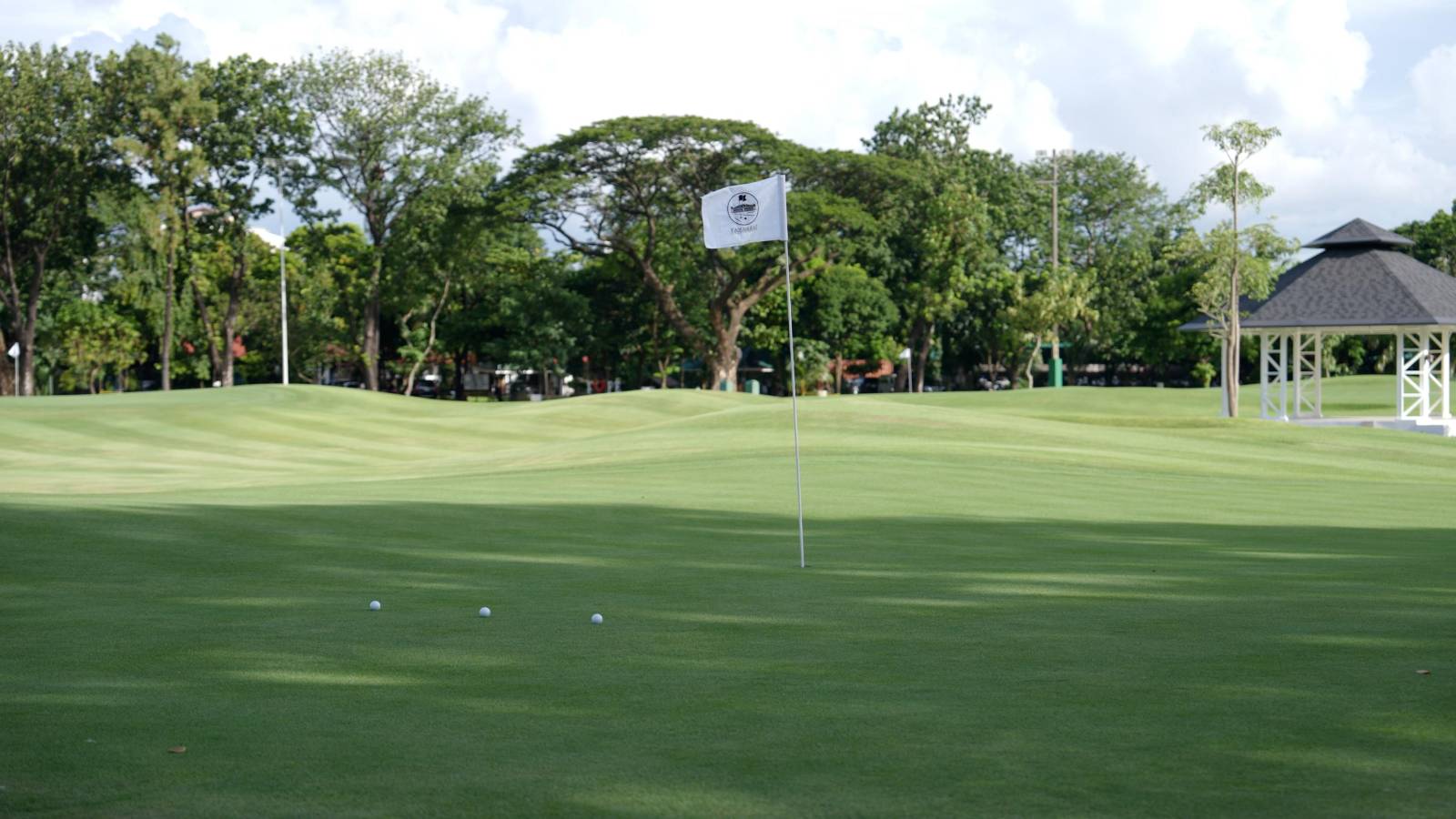
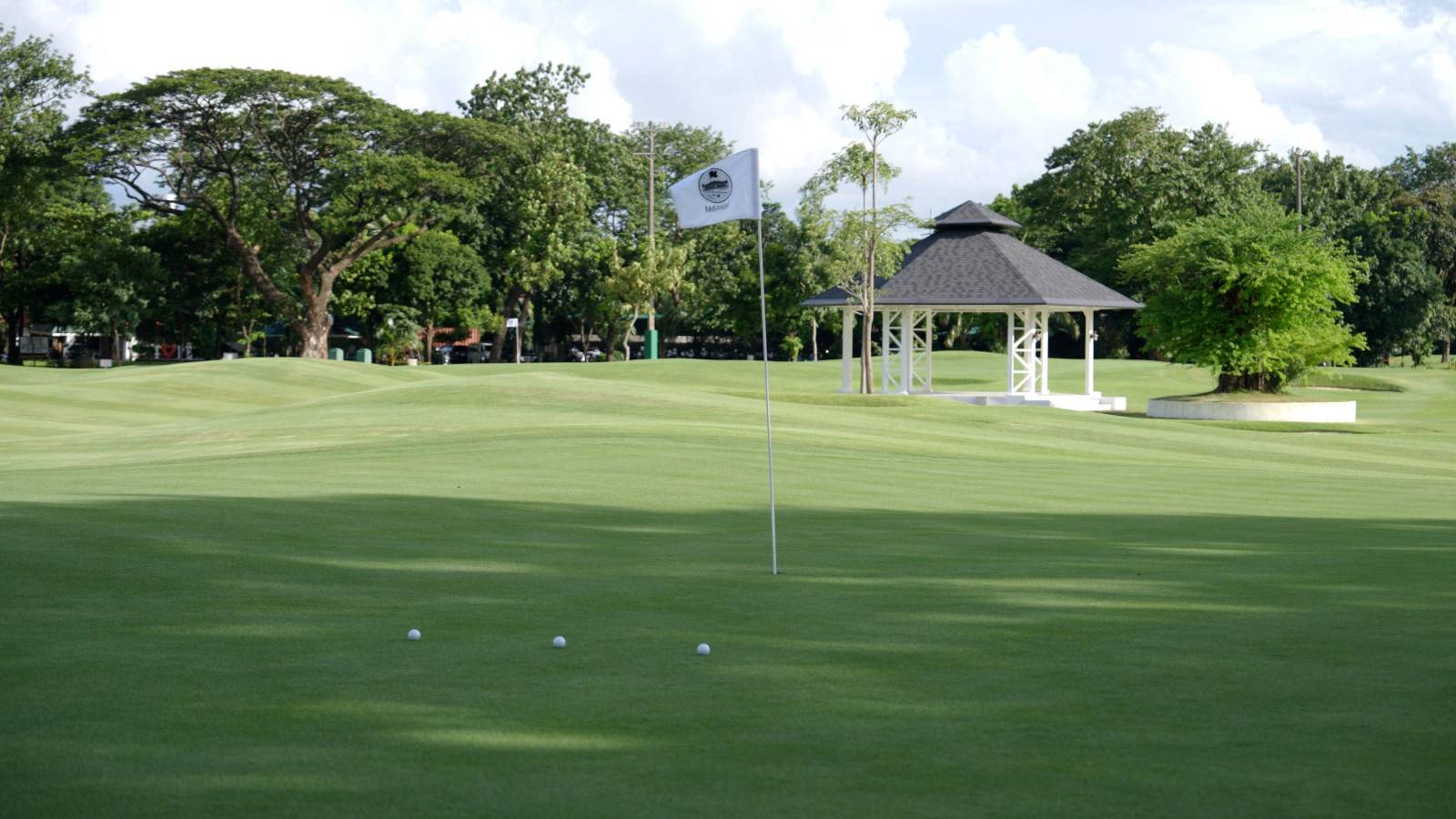
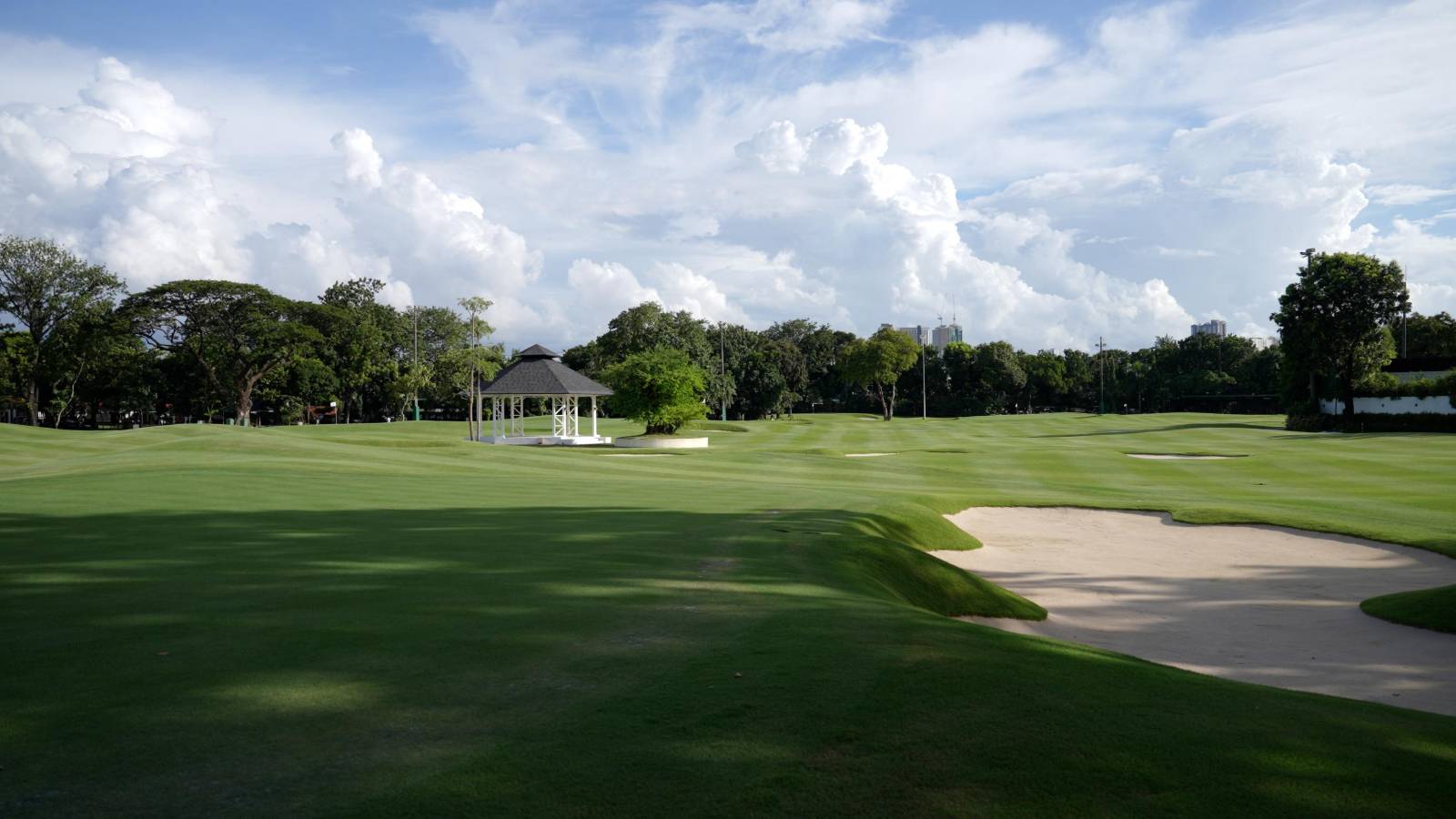

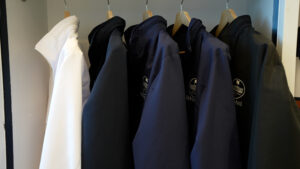

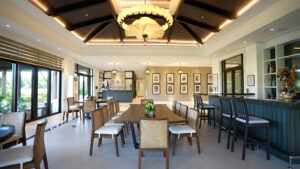


 .
. 


